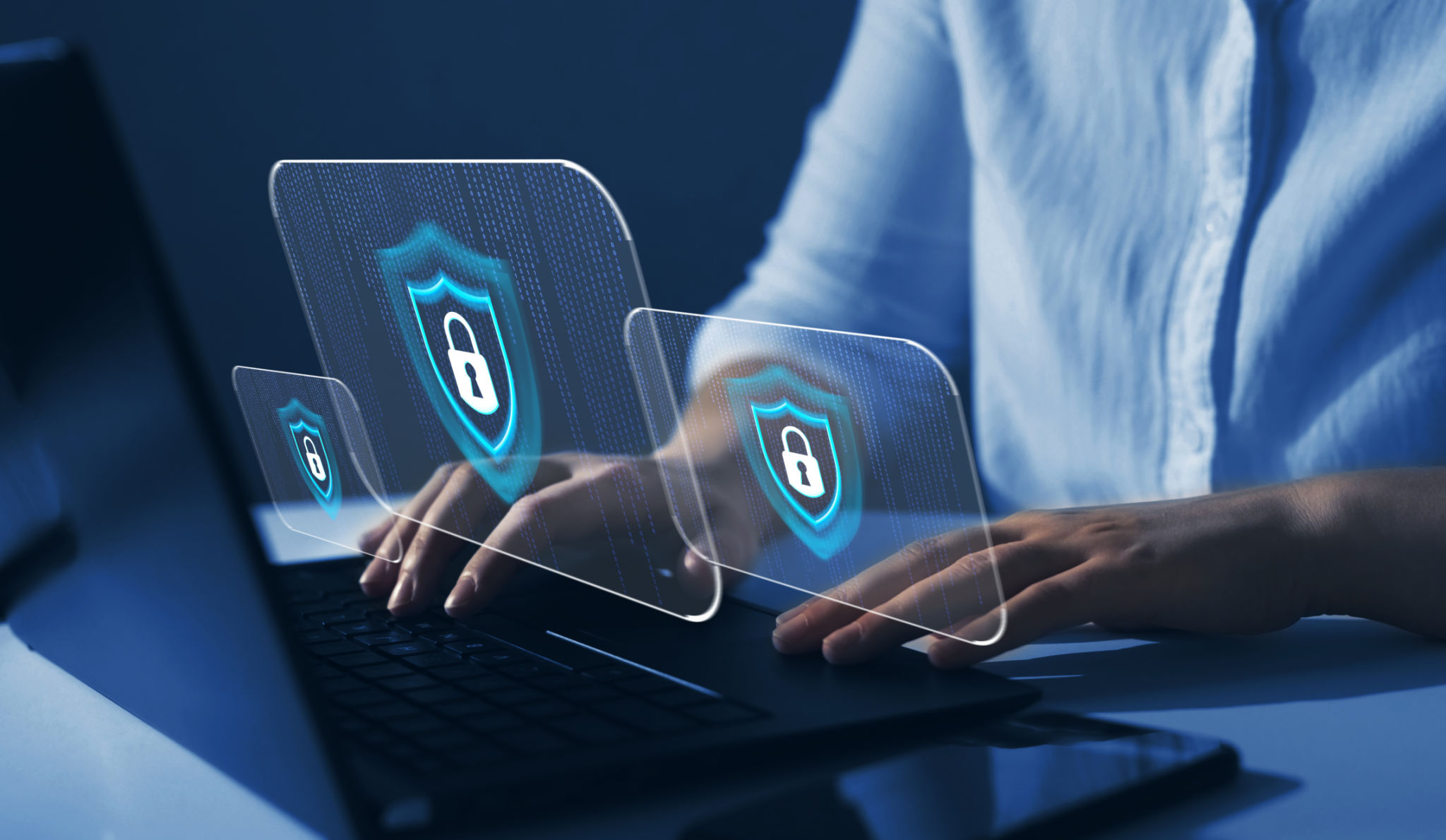Cybersecurity Myths: Debunking Common Misconceptions
Understanding Cybersecurity Myths
In today's digital age, cybersecurity is more important than ever. However, despite its significance, there are numerous myths and misconceptions surrounding cybersecurity that can lead to vulnerabilities. These myths often stem from a lack of understanding and can leave both individuals and businesses exposed to potential threats.

Myth 1: Small Businesses Aren't Targets
One of the most prevalent myths is that cybercriminals only target large corporations. In reality, small businesses are often seen as easy targets due to their typically weaker security measures. According to data, nearly 43% of cyberattacks are aimed at small businesses. Ignoring the threat can lead to devastating consequences, including financial losses and reputational damage.
It's crucial for small businesses to adopt strong cybersecurity practices. This includes investing in robust security systems, regularly updating software, and educating employees about potential threats. By doing so, they can significantly reduce their risk of being attacked.
Myth 2: Antivirus Software is Enough
Many people believe that simply installing antivirus software is sufficient to protect their devices from cyber threats. While antivirus software is a critical component of cybersecurity, it is not a standalone solution. Cyber threats are constantly evolving, and new forms of malware can bypass even the most sophisticated antivirus programs.

To ensure comprehensive protection, individuals and businesses should implement a multi-layered security strategy. This might include firewalls, intrusion detection systems, and regular security audits to identify and address potential vulnerabilities.
Myth 3: Cybersecurity is Only an IT Issue
Another common misconception is that cybersecurity is solely the responsibility of the IT department. In truth, cybersecurity is a company-wide responsibility that requires collaboration across all departments. Every employee plays a vital role in maintaining security by adhering to best practices and remaining vigilant against potential threats.
Organizations should foster a culture of security awareness by providing regular training sessions and promoting open communication about cybersecurity issues. This helps create an environment where everyone feels responsible for protecting sensitive information.

Myth 4: Strong Passwords Alone Provide Security
While having strong passwords is essential, it is not enough to ensure complete security. Hackers have sophisticated tools that can crack even the most complex passwords over time. To enhance security, individuals should use two-factor authentication (2FA) wherever possible. This additional layer of protection requires users to verify their identity through another method, such as a text message or fingerprint scan.
Moreover, regularly updating passwords and avoiding the use of the same password across multiple accounts can further protect against unauthorized access.
Conclusion: Debunking Myths for Better Security
By debunking these common cybersecurity myths, individuals and businesses can adopt a more informed and proactive approach to protecting their digital assets. Understanding that cybersecurity is a shared responsibility and requires a multi-faceted strategy is key to safeguarding against the ever-evolving landscape of cyber threats.
With the right knowledge and tools, everyone can contribute to creating a safer digital environment.